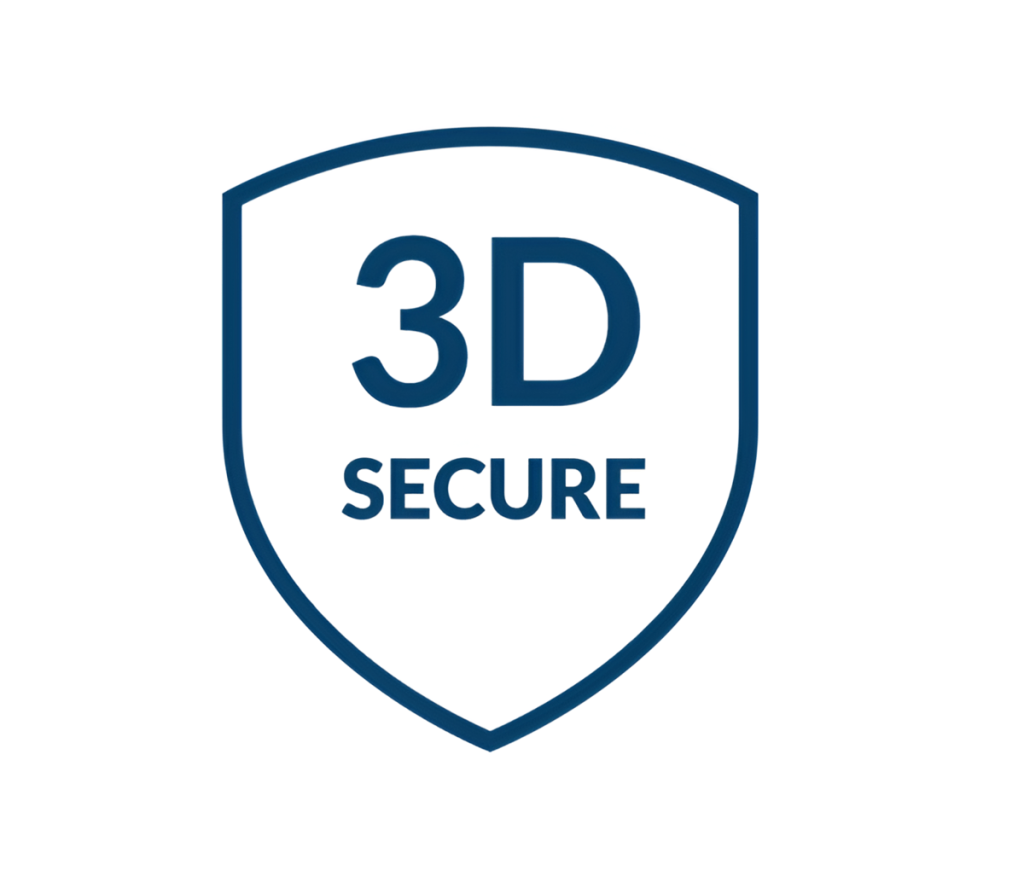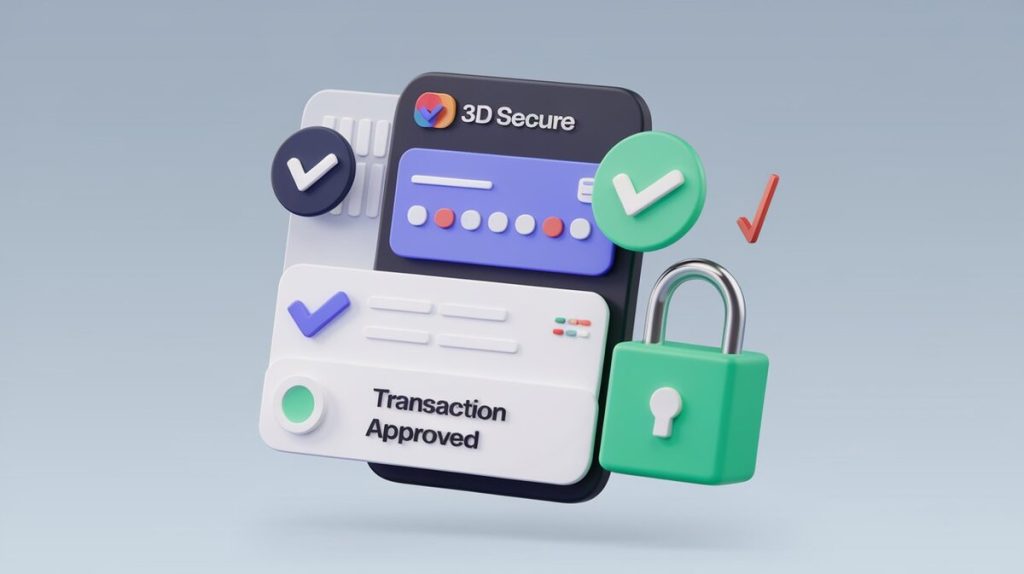Chargebacks are a costly problem for merchants, often caused by fraud or disputes. Implementing 3D Secure technology helps reduce chargebacks by authenticating online transactions. This article outlines how 3D Secure works, how it cuts chargebacks, and key steps for using it effectively.
1. Introduction: The Impact of Chargebacks
Chargebacks drain revenue and increase operational costs. On average, businesses lose $25 billion annually globally to chargebacks. This figure includes not only lost sales but also the administrative fees associated with processing chargebacks. Moreover, chargebacks can harm merchant reputations and result in fines.
Table 1: Chargeback Statistics (2023)
| Metric | Value |
|---|---|
| Total Chargeback Losses | $25 billion annually |
| Percentage Due to Friendly Fraud | 60% |
| Merchant Revenue Loss from Chargebacks | 0.47% of sales |
| Average Chargeback Fee | $20-$100 per transaction |
The 3D Secure protocol is one method businesses use to combat this problem by adding an additional verification layer for online transactions. It authenticates transactions before they are completed, reducing the likelihood of fraud.
2. Understanding 3D Secure: Evolution from 1.0 to 2.0
3D Secure 1.0, launched by Visa and Mastercard, aimed to add an extra layer of security for online purchases. However, the early version had shortcomings, including user frustration due to additional steps, redirects, and high cart abandonment.
3D Secure 2.0 solved many of these issues, improving security and user experience while allowing merchants to detect fraud more effectively. Some key features of 3D Secure 2.0 include:
- Biometric Authentication: Using fingerprints or facial recognition.
- Frictionless Transactions: Low-risk payments proceed without additional authentication.
- Mobile Compatibility: Works with mobile apps and non-browser transactions.
- Advanced Risk Analysis: Uses over 150 data points to assess transactions in real-time.
This evolution helped lower fraud by up to 40% and improved transaction approval times by 85%.
Table 2: Comparison of 3D Secure 1.0 and 2.0
| Feature | 3D Secure 1.0 | 3D Secure 2.0 |
|---|---|---|
| User Experience | High friction | Low friction |
| Biometric Authentication | Not available | Available |
| Mobile Integration | Limited | Fully integrated |
| Data Points for Risk Review | 15 | 150+ |
| Cart Abandonment Rate | High | Reduced by 85% |
| Fraud Prevention Rate | Moderate | High (up to 40%) |
3D Secure 2.0 has proven to be more user-friendly, leading to a 95% approval rate for legitimate transactions. Additionally, the new version addresses the challenges of mobile and in-app payments.
Merchanto.org: Chargeback Prevention Support
To further enhance fraud prevention, businesses can partner with Merchanto.org, a certified partner of VISA and Mastercard in chargeback prevention. Merchanto provides a variety of services that help companies minimize fraud and reduce chargebacks. More information can be found at Merchanto.org.

3. How 3D Secure Reduces Chargebacks
3.1 Chargeback Liability Shift
A major benefit of 3D Secure 2.0 is the liability shift. If a transaction authenticated through 3DS results in a chargeback, the financial responsibility often shifts from the merchant to the card issuer, especially for fraud-related disputes. This can reduce a merchant’s exposure to fraudulent chargebacks by up to 70%.
Mastercard’s guidelines state that this liability shift is especially valuable for merchants in high-risk industries or regions with elevated fraud rates. Shifting liability to card issuers ensures that merchants can operate more securely and efficiently.
3.2 Advanced Fraud Detection
The 3D Secure 2.0 system uses machine learning and real-time data analysis to detect suspicious activity. Fraud detection is based on over 150 data points, including location, IP address, and shopping behavior. By analyzing these data points, the system can decide whether to prompt additional verification steps (such as an OTP or biometric verification).
Studies indicate that 40% of fraudulent transactions can be blocked at the point of sale by using 3DS.
3.3 Compliance with Regulatory Requirements (PSD2)
In the European Union, PSD2 mandates Strong Customer Authentication (SCA) for online transactions. 3D Secure 2.0 complies with these regulations, making it essential for merchants to adopt. Failing to comply with PSD2 can result in financial penalties and an increased risk of fraud.
By meeting these standards, merchants ensure they operate within the law and reduce the risk of fraud while improving security.
4. Challenges of Implementing 3D Secure
Although 3D Secure 2.0 brings significant benefits, there are challenges associated with its implementation. Key challenges include:
4.1 Technical Integration
Implementing 3D Secure 2.0 requires integrating new systems into existing payment infrastructure. This can be technically complex and may require dedicated IT resources to implement properly. Reports indicate that businesses need to invest in server-side software and ensure compatibility with payment gateways.
4.2 Customer Experience
There is a risk that adding extra security layers might frustrate some customers. To mitigate this, businesses should focus on educating customers about the importance of security and the relatively minor impact 3DS has on checkout speed. Informing customers about the benefits of enhanced security can prevent drop-offs during transactions.

5. Best Practices for 3D Secure Implementation
To get the most out of 3D Secure 2.0, merchants should follow these best practices:
- Use Risk-Based Authentication: This allows trusted customers to bypass additional verification steps, reducing friction for returning users. Risk-based authentication helps maintain high approval rates without compromising security.
- Offer Multiple Verification Methods: Allow customers to authenticate using biometric data, OTP, or passwords, depending on their preferences. This flexibility ensures that security measures are efficient without being cumbersome.
- Monitor Fraud Patterns: Businesses should regularly review fraud trends and update their fraud prevention strategies accordingly. Staying vigilant about evolving fraud tactics is crucial.
Visa’s recommendations include enabling continuous monitoring of risk factors and ensuring that authentication systems are updated frequently to deal with emerging threats.
6. Conclusion: A Data-Driven Approach to Chargeback Reduction
In summary, 3D Secure 2.0 offers a structured, effective method for reducing chargebacks. By leveraging AI-driven fraud detection, biometric verification, and real-time risk assessment, this protocol reduces fraud and shifts liability from merchants to card issuers for successful authentications.
Implementing 3D Secure 2.0 reduces chargeback rates by up to 70% and cuts fraud by 40%. Moreover, 95% of legitimate transactions are processed seamlessly, maintaining customer satisfaction.
Table 3: Key Benefits of 3D Secure 2.0
| Benefit | Impact |
|---|---|
| Fraud Prevention | 40% reduction in fraud |
| Chargeback Reduction | 70% reduction in chargebacks |
| Cart Abandonment | Decreases by 85% |
| Approval Rate for Legitimate Transactions | 95% |
| Regulatory Compliance | Meets PSD2 and SCA requirements |
| Liability Shift | Fraud-related chargebacks shifted to card issuers |
Implementing 3D Secure 2.0 ensures that businesses are better equipped to handle the ever-growing threat of chargebacks and fraud. By following best practices and staying informed of fraud trends, businesses can protect their revenue, reputation, and customer trust.



